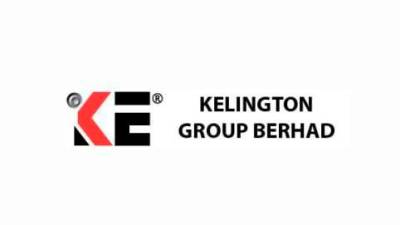PETALING JAYA: Kelington Group Bhd recorded a net profit of RM32.89 million for the second quarter ended June 30, 2025 (Q2’25) from RM26.67 million in Q2’24 driven by better project mix with higher profit margins.
“Given the strong pipeline of opportunities, the group was able to be more selective in pursuing higher-margin projects,” it said in the bourse filing.
However, revenue dropped 12.2% to RM282.02 million from RM321.21 million primarily due to weaker contributions from Malaysia (-12%) and China (-43%), stemming from timing differences in revenue recognition for engineering-related projects and reduced contribution from the industrial gas segment.
The group also declared a second interim dividend of 2.5 sen per share, up from two sen a year ago, to be paid on Oct 10. This brings its year-to-date dividends to five sen, up from four sen in the corresponding period last year.
For the first half of 2025, the group’s net profit rose 15.6% to RM59.53 million from RM52.81 million driven by a more favourable project mix with higher profit margins, supported by selective pursuit of high-margin Advanced Engineering projects particularly in Singapore and tighter cost controls despite revenue decline.
Its revenue fell 16.4% to RM552.3 million from RM660.49 million, mainly attributed to reduced revenue contributions from Malaysia (-31%) and China (-23%), due to a timing gap between the completion of existing projects and the commencement of new ones. This was further impacted by reduced revenue from the Industrial Gases segment.
The overall decline was partially offset by stronger revenue contributions from Singapore (+15%) due to several completed Advanced Engineering projects.
Kelington remains confident about its prospects, with rising global fab equipment spending and the implementation of Malaysia’s National Semiconductor Strategy (NSS), which has already attracted over RM63 billion in related investments.
Demand for industrial gases, particularly liquid carbon dioxide, remains stable, it noted, with overseas sales gaining momentum despite muted growth in the food and beverage end-market.
The recent commissioning of an on-site gas generator for an optoelectronics client has expanded Kelington’s product offerings to include nitrogen, hydrogen, and oxygen.
The group is also exploring green hydrogen production in collaboration with various state authorities and is actively positioning itself in the emerging carbon capture, utilisation, and storage (CCUS) sector, working with industry and academic partners to build its technical capabilities.
